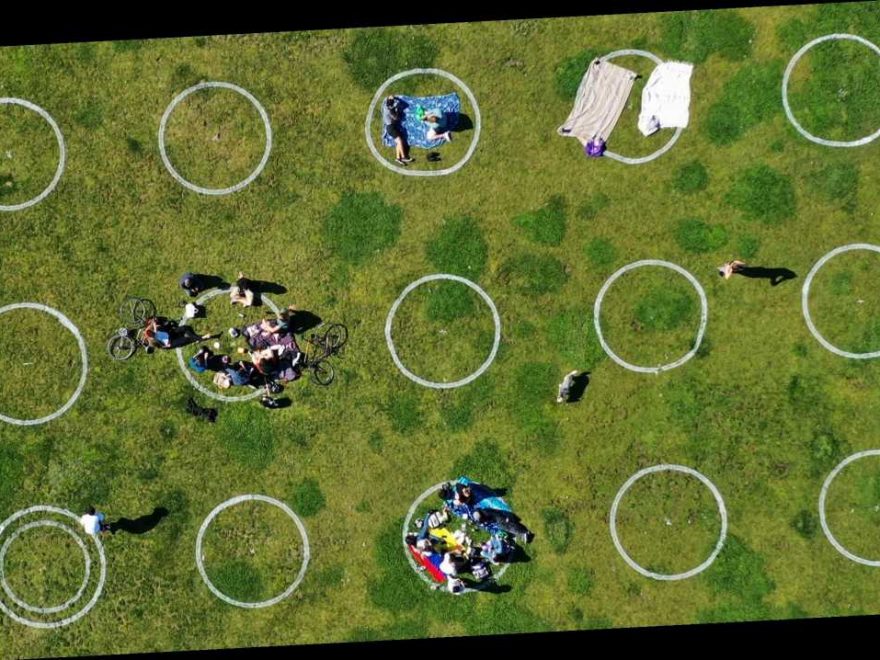More On:
Social Distancing
‘Dollars over lives’: Inside NYC’s defiant COVID-19 party scene
South Korea expands ban on social gatherings nationwide
US megachurches fined mega-fees for Christmas Eve services
How face masks can disrupt facial recognition — and daily life
Thanks to better health care access, job stability and a cushy home, the wealthy are socially distancing at higher rates than low-income households.
Economic researchers at Johns Hopkins University have identified a stark metric: People making more than $230,000 per year are up to 54% more likely to engage in pandemic safety measures, such as wearing masks or maintaining distance from others, compared to individuals bringing in around $13,000 annually.
Economists think these findings, published in the Journal of Population Economics, could help epidemiologists predict spread and inform pandemic policy.
The international survey, which included 1,000 participants from Texas, Florida, California and New York, asked participants to discuss how their lifestyle had changed from the start of the pandemic through April 2020, when cases of COVID-19 among Americans first tipped the 1 million mark.
Nearly all of the responses reflected some change in behavior in the interest of safety, but higher earners did more: 32% are more likely to socially distance and 30% more likely to wash their hands and wear masks.
It’s also the logical conclusion, according to researchers, who point out that typically higher earning white-collar folks are more likely to have the option of working from home — a critical factor in their social distancing metrics. Anyone with the ability to telework was 24% more likely to respond affirmatively to questions regarding social distancing.
The other side of that coin means low-income earners are more likely to suffer job loss and salary cuts. Access to nature — relatively uncommon among low-income households — is another acute predictor of social distancing consistency, researchers found. Those fortunate enough to have a yard or park nearby were also 20% more likely to maintain safe distances.
The study also revealed a gender disparity — that women are 23% more likely to distance than men — and that people with existing health conditions appeared no more or less likely to socially distance compared to their fit counterparts.
The team at Johns Hopkins believe this information could have prevented the prolonged coronavirus pandemic, which was declared in March 2020, a few months after the virus was first detected. Since then, over 23 million Americans have tested positive for the disease, killing nearly 390,000 so far, according to the US Centers for Disease Control and Prevention.
“The whole messaging of this pandemic is you’re stuck at home teleworking, that must be really tough so here are some recipes for sourdough starter, and here’s what you should catch up on Netflix,” said Nick Papageorge, associate professor of economics, in a statement for The Hub at Johns Hopkins. “But what about the people who aren’t teleworking? What are they going to do?”
Papageorge said their findings may also help local officials make smart decisions about which income groups need more attention, and how they’re getting it.
“If I’m a policymaker maybe I really need to think about opening city parks in a dense neighborhood during a pandemic. Maybe that’s something that’s worth the risk. This is why we want to understand these details — they can eventually suggest policies,” Papageorge said.
Share this article:
Source: Read Full Article
